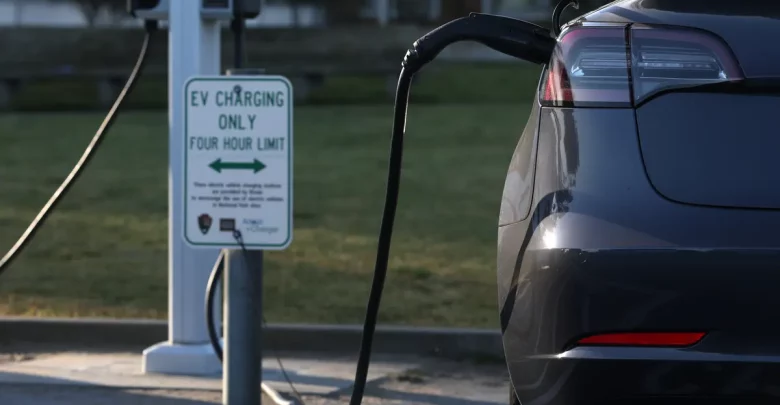The Path to Zero Emissions: Transitioning Your Commercial Fleet to Electric Vehicles

As the imperative to address climate change intensifies, businesses are increasingly turning to electric vehicles (EVs) as a viable solution to reduce their carbon footprint. This article outlines the essential steps for companies to successfully transition their commercial fleets to electric cars.
An electric chassis refers to the foundational platform of an electric vehicle (EV) that includes the motor, battery, and associated components. Unlike traditional cars with internal combustion engines, an electric chassis incorporates an electric motor and a battery pack to power the vehicle. This modular design allows for flexibility in designing various types of electric vehicles, such as cars, buses, trucks, and more, by adapting the chassis to accommodate different body styles and functions.
Electric chassis platforms are crucial for streamlining EV production and enabling manufacturers to create a wide range of electric vehicles efficiently. Below are ways to help with the transition:
Current Fleet Assessment
Begin by evaluating your existing commercial fleet. Understand the types of vehicles, their usage patterns, and associated costs. This assessment helps identify which vehicles are suitable for electrification based on factors like daily mileage, payload requirements, and route characteristics.
Setting Clear Objectives
Define your goals for transitioning to electric vehicles. Whether it’s reducing carbon emissions, lowering operational costs, complying with emissions regulations, or improving corporate sustainability, having clear objectives will guide your transition strategy.
Vehicle Selection and Procurement
Research electric vehicle options that match your fleet’s needs. Consider range, payload capacity, charging capabilities, and available incentives. Collaborate with EV manufacturers and dealerships to procure the right vehicles for your fleet.
Charging Infrastructure Planning
Design a charging infrastructure plan tailored to your fleet’s requirements. Assess charging locations, such as depots, employee homes, or strategic points, and choose appropriate charging equipment. Work with charging infrastructure providers to ensure compatibility and scalability.
Financial Analysis and Incentives
Conduct a comprehensive financial analysis comparing electric vehicles’ total cost of ownership (TCO) with conventional cars. Consider upfront costs, fuel savings, maintenance expenses, and potential incentives or grants available for EV adoption.
Pilot Programs
Implement a small-scale pilot program with a subset of vehicles to assess real-world performance. Gather data on driving patterns, charging behavior, and maintenance needs. Use this information to refine your transition strategy before scaling up.
Charging Infrastructure Deployment
Install charging stations according to your infrastructure plan. Consider factors like charging speed, access control, and future expansion. Collaborate with electricians and charging equipment providers to ensure safe and efficient installations.
Training and Workforce Engagement
Train drivers and maintenance staff on EV-specific procedures, including charging, battery management, and safety protocols. Engage your workforce in the transition process to build buy-in and ensure smooth operations.
Fleet Integration and Optimization
Integrate electric vehicles into your fleet operations seamlessly. Implement charging schedules to maximize off-peak electricity rates and minimize downtime. Utilize fleet management software to monitor vehicle performance and maintenance needs.
Performance Monitoring and Reporting
Continuously monitor key performance indicators, such as energy consumption, charging efficiency, and vehicle range. Use data analytics to identify areas for improvement and track progress toward emissions reduction goals.
In summary, transitioning your commercial fleet to electric vehicles involves a holistic approach encompassing vehicle selection, charging infrastructure, workforce training, financial analysis, and ongoing monitoring. By strategically planning each phase and continuously improving your approach, you can successfully navigate the path to zero emissions, realizing electrified fleet operations’ environmental and financial benefits.

